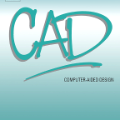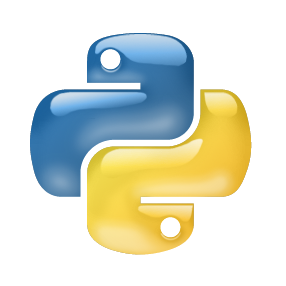Computer-aided design (CAD) has become a critical element in the creation of nanopatterned structures and devices. In particular, with the increased adoption of easy-to-learn programming languages like Python there has been a significant rise in the amount of lithographic geometries generated through scripting and programming. However, there are currently unaddressed gaps in usability for open-source CAD tools -- especially those in the GDSII design space -- that prevent wider adoption by scientists and students who might otherwise benefit from scripted design. For example, constructing relations between adjacent geometries is often much more difficult than necessary -- spacing a resonator structure a few micrometers from a readout structure often requires manually-coding the placement arithmetic. While inconveniences like this can be overcome by writing custom functions, they are often significant barriers to entry for new users or those less familiar with programming. To help streamline the design process and reduce barrier to entry for scripting designs, we have developed PHIDL, an open-source GDSII-based CAD tool for Python 2 and 3.
翻译:计算机辅助设计(CAD)已成为创建纳米模式结构和装置的一个关键要素。特别是,随着像Python这样的容易读取的编程语言越来越多地被采用,Python等容易读取的编程语言越来越多,通过脚本和编程产生的利他地理分布图数量大幅增加。然而,目前开放源码的计算机辅助设计工具(特别是GDSII设计空间中的计算机辅助设计工具)的可用性存在未解决的差距,这些差距妨碍了科学家和学生更广泛地采用编稿设计可能从中受益的编稿设计。例如,在相邻的地貌间建立关系往往比必要要困难得多 -- -- 从读出的结构中抽取几微米的重音器结构往往需要人工编码放置算术。虽然通过写定制功能可以克服这种不便,但对于新用户或对编程不太熟悉的人来说,它们往往是进入的重大障碍。为了帮助简化设计过程并减少编稿设计进入的障碍,我们开发了基于开源的GDSDSDII的CADDD工具PHIDL,这是用于Python 2和3的以开放源的GDSDDDDDDD工具。





